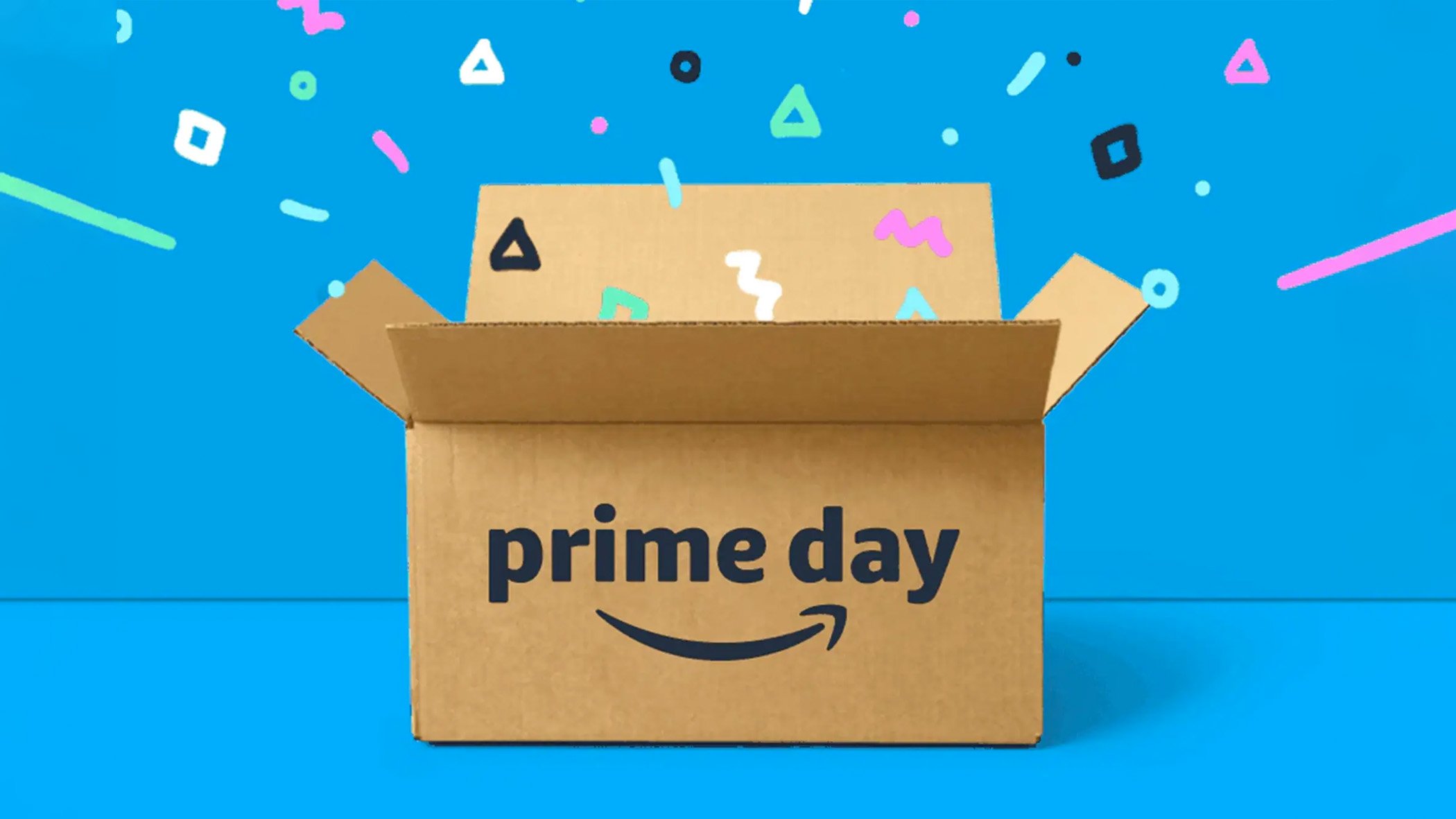Happy 10th birthday Prime Day: Everything you need to know about Amazon's 2025 bonanza

Image by Amazon
Happy birthday to Amazon.com, 30 this July!
The big day coincides with the 10th anniversary of the first Prime Day, which was launched to celebrate Amazon’s big two-zero. Amazon itself probably didn’t know what a huge thing Prime Day would become at the time.
And despite the rise of other sales days, including Spring Deals and Autumn Prime Day, no diluting effect appears to have taken place: last year’s Prime Day in July was the biggest ever, with 200 million items sold just by independent sellers during the event.
The most impressive thing about Prime Day, though, is the opportunities it gives to sellers.
Here’s everything you need to know to make the most out of Prime Day 2025.
The history of Amazon Prime Day
Amazon announced the first Prime Day on the eve of its 20th birthday, back in July 2015. Running in nine countries, the first event was launched “to celebrate Prime members” and to offer more deals than Black Friday, which worked amazingly: the day saw more items sold than on Black Friday 2014, Amazon’s biggest ever Black Friday at the time.
Electronics were immediately the star of Prime Day: Amazon devices sold in their hundreds of thousands, and have been enormously popular on every Prime Day since.
Prime Day has pretty much grown year-on-year consistently. By 2020 it had grown to 19 countries: a rather special year, as the pandemic pushed the event to October, Amazon heavily promoted its small business sellers, and the best-selling categories included homeware, crafts, and healthcare.
Last year’s Prime Day was the biggest so far. One of the records broken was highest number of customers signing up for Prime in the preceding three weeks, with millions of new members.
When is Prime Day 2025?
As always, Amazon is being coy with the actual date until closer to the time. But it’s always mid-July, and we wouldn’t be a bit surprised to see it start on 15 July, as this is the anniversary of the first one.
Prime Day has been 48 hours long since 2019, but it’s looking almost certain that it will be a four-day event this year. So be prepared for a real birthday bonanza: more Prime days = more opportunities to drive up traffic and conversion.
Where does Prime Day take place?
There are 24 countries taking part in Prime Day this year, including all the major markets and, new for 2025, Ireland - amazon.ie being the latest Amazon marketplace.
It’s an event exclusively for Prime members, but bear in mind non-Prime members are likely to browse Amazon in the lead-up to the event, and many sign up on the day.
What trends emerged from last year’s Prime Day?
Traditionally, the first day of the event was more popular with shoppers, but recent Prime Days have seen a more even split between the first day and the second day: Sales for day 2 of Prime Day 2024 were 83.9% of those on day 1, up from 70.3% in 2023, according to Momentum Commerce.
This means sellers should look to maximise visibility across the event, rather than concentrating on the first day: and if Prime Day really is four days this year, that’s a lot of opportunity to advertise effectively.
Consider using real-time analytics, such as Amazon Marketing Stream, to ensure your budget pacing can keep up.
Bigger margins for sellers
Another Prime Day tradition used to be to run deals on uncomfortably tight margins; the upswing in traffic and conversion came at the cost of much lower sales prices, as well as higher advertising prices and inventory fees.
But one trend we found from last year’s Prime Day is that discounts don’t have to be as big to attract shoppers. Many brands, including our clients, get strong conversion with smaller discounts, using their data and Amazon Marketing Cloud (AMC) to identify and target customers who are already close to converting.
For one client, a hardware brand, we used AMC to target ‘shoppers with >3 page views’ in DSP ads, and allocated a specific budget to test during Prime Day.
We achieved sales of $23,522 against a spend of $272, with ROAS at 86: an impressive result for one of the busiest shopping days of the year.
We recommend high-traffic days like Prime Day for testing AMC in this way, especially for bottom-of-funnel campaigns: you’ve got a much bigger potential audience, so more likelihood of high conversion, and you can maximise a relatively small budget.
Any tips for advertising around Prime Day?
Strategise.
We recommend using Prime Exclusive Best Deals, Lightning Deals and Coupons, and advertising the products you’ve applied them to via Sponsored Products, Sponsored Brands and DSP.
As we mentioned before, spread your budget across the week to capture traffic, and don’t forget to use the lead-up and lead-out times.
We recommend Tentpole Analysis to build momentum for big sales events on Amazon, and that includes not only Prime events but Black Friday/Cyber Monday.
We also recommend advertising your Amazon pages off-Amazon, especially in the lead-up to Prime Day. You can use Amazon Attribution to track traffic from your Facebook, Instagram, Google and other pages.
You should also work on your Brand Store, ensuring all your content is optimised and the products you’ve got deals on are featured prominently. Brand Stores really suit seasonal content: think ‘hot summer deals’, and ensure your listings, images and messaging fit the theme.